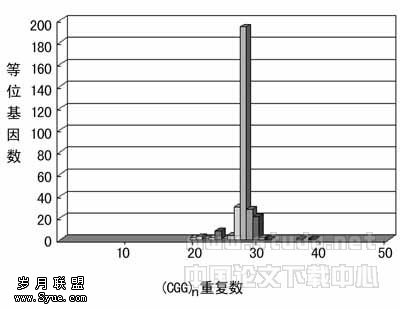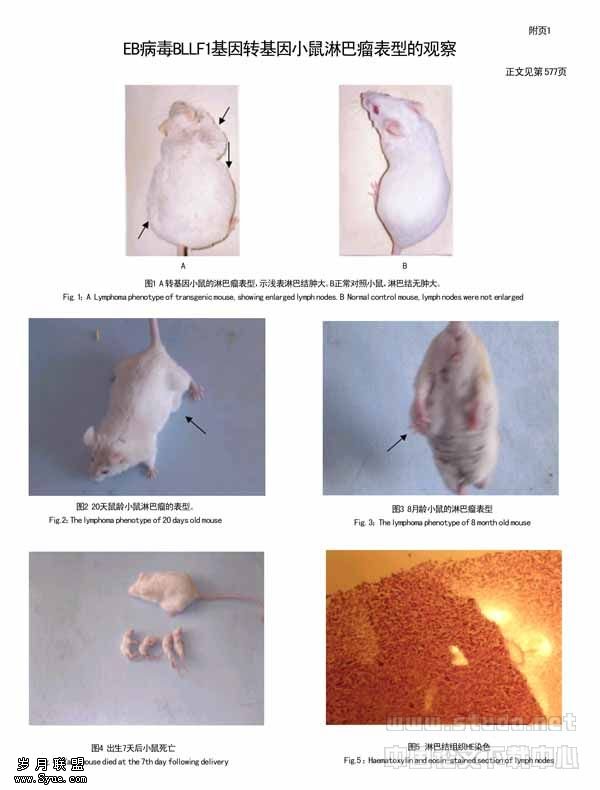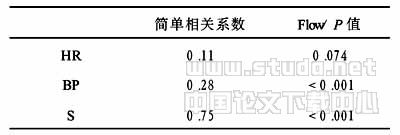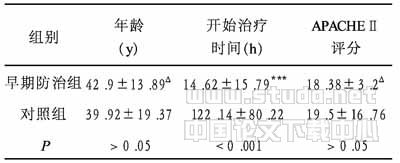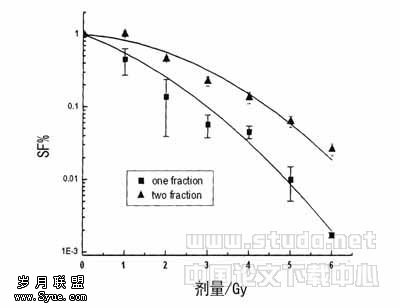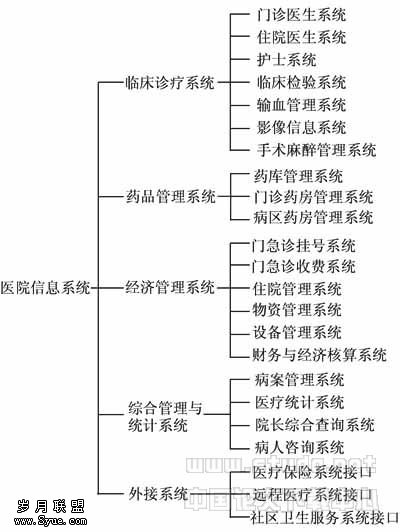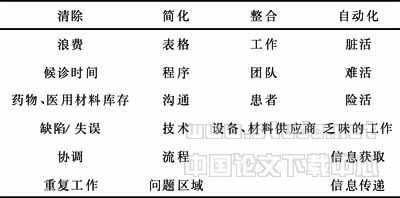冠心病家族史可预测非乙醇性脂肪肝的发生
作者:张雷,浦奎,张素炎,任文琦
【关键词】 冠状动脉疾病
Family history of coronary heart disease as an important predictor for nonalcoholic fatty liver disease
【Abstract】 AIM: To explore the relationship between family history of coronary heart disease (CHD), hypertension, and diabetes with nonalcoholic fatty liver disease (NAFLD). METHODS: Two hundred and two healthy office workers with no evidence of excessive alcohol drinking or hepatitis B or C virus infection were enrolled in the present study performed from March to June in 2004, and underwent liver ultrasound examination for diagnosing NAFLD. RESULTS: NAFLD was identified in 68 subjects (33.7%) by abdominal ultrasound. Logistic regression analysis showed that the presence of CHD family history increased the risk of NAFLD by 2.25fold (P=0.014), while family history of diabetes or hypertension did not increased the risk. In combination with the presence of a family history of CHD, the effect on odds ratios (ORs) was increased for several metabolic features in predicting the incidence of NAFLD, including increased waist circumference (OR=3.548, 95%CI: 1.895-6.643, P<0.001 vs OR=3.512, 95%CI: 1.831-6.737, P<0.001), hypertriglyceridemia (OR=4.549, 95%CI: 2.380-8.695, P<0.001 vs OR=4.012, 95%CI: 2.295-8.481, P<0.001), hypertension (OR=2.038, 95%CI: 1.065-3.899, P=0.031 vs OR=1.633, 95%CI: 0.820-3.251, P=0.163), and the occurrence of the metabolic syndrome (OR=4.505, 95%CI: 2.032-9.986, P<0.001 vs OR=4.347, 95%CI: 1.834-10.300, P=0.001). CONCLUSION: CHD family history is an important risk factor for the occurrence of NAFLD.
【Keywords】 coronary disease; fatty liver; metabolic syndrome
【摘要】 目的: 研究高血压、冠心病、糖尿病家族史与非乙醇性脂肪肝(NAFLD)之间的联系. 方法: 健康职员202例均无过量饮酒史,无HBV及HCV病毒感染的证据. 脂肪肝的诊断根据肝脏超声结果判定. 结果:在202例受试者中发现NAFLD 68例(34%). 回归分析显示冠心病家族史增加NAFLD的发病风险(OR=2.25,P=0.014),高血压和糖尿病家族史对NAFLD的发病无影响. 冠心病家族史增加多项代谢异常(中心性肥胖、高甘油三酯血症、高血压)而导致NAFLD的发生. 结论:冠心病家族史是NAFLD发生的重要因素.
【关键词】 冠状动脉疾病;脂肪肝;代谢综合征
0引言
非乙醇性脂肪肝(nonalcoholic fatty liver disease, NAFLD)的特点是无过量乙醇摄入的人出现肝细胞内甘油三酰(triglyceride,TG)的大量堆积. 在世界范围[1-2],NAFLD都被认定为最常见的慢性肝脏疾病. NAFLD与代谢综合征(metabolic syndrome, MetS)所包含的各项代谢异常,如中心性肥胖,血脂代谢紊乱,糖耐量异常密切相关,已经证实,胰岛素抵抗是NAFLD和MetS的共同基础[3]. 多种因素可以导致NAFLD发病. NAFLD与糖尿病、冠心病的发病之间存在着密切的关联[4]. 但是NAFLD与这些常见疾病间的潜在遗传学关系尚不清楚. 我们通过临床调查,研究NAFLD与冠心病、糖尿病以及高血压家族史之间的联系.
1对象和方法
1.1对象200404/06我院参加常规查体的386例(年龄35~59岁)进行问卷,内容包括:一般信息,是否吸烟,饮用乙醇史,既往患病史;然后采血检测肝炎病毒感染情况,并进行腹部B超检查. 最后202例成为研究受试者,其标准包括:①无既往过度饮酒史(每日摄入乙醇量超过20 g);②无HBV及HCV病毒感染的证据;③临床或超声检查未发现其他慢性肝脏疾病; ④未服用过已知的有明显肝脏损害作用的药物.
1.2方法由经过培训的专业人员当面采集受试者的家族病史,内容为受试者的一级亲属(父母及兄弟姐妹)中冠心病、脑血管病、外周血管病、糖尿病以及高血压的发病情况. 检测血压、腰围、空腹血糖、TG以及高密度脂蛋白(highdensity lipoprotein cholesterol, HDL)胆固醇. 根据美国胆固醇计划ATP III所推荐的代谢综合征诊断标准判定各项代谢异常[高腰围:女>80 cm,男>90 cm(亚洲WHO修订); TG≥1.7 mmol/L; 低HDL胆固醇:男<1.04 mmol/L,女<1.3 mmol/L;空腹血糖≥6.1 mmol/L或已被确诊为2型糖尿病; 高血压:血压≥130/85 mmHg(1 mmHg=0.133 kPa)或正在服用降压药物][5]. 符合3项或3项以上者,即被判定为代谢综合征. 非乙醇性脂肪肝的判定:超声提示“亮肝”即判定为脂肪肝[6].
统计学处理: 结果以x±s表示. χ2检验、Logistic回归分析和偏相关分析均使用SPSS 11.5软件包. 经Logistic回归分析NAFLD的危险因素,均排除了入选者的基本指标(年龄、性别、吸烟及饮酒状况)的影响.
2结果
发现NAFLD 68人(34%). 与非脂肪肝者进行比较,NAFLD患者年龄显著偏大,男性居多,并且合并更多的代谢异常(包括高腰围、高TG、高血压和代谢综合征). 同时,NAFLD患者中冠心病家族史的出现频率显著高于正常(表1).
表1受试者一般特征(略)
使用Logistic回归分析家族病史对NAFLD发生的预测能力显示,冠心病家族病史显著增加NAFLD的发病风险(OR=2.25,P=0.014). 糖尿病和高血压家族病史对NAFLD的发病无影响(表2).
表2多种家族病史对NAFLD发生的预测价值(略)
均校正年龄、性别、吸烟和饮酒因素对结果的影响.
多变量Logistic回归分析结果冠心病家族病史可以增加多种代谢因素预测NAFLD的价值,包括:高腰围(联合预测:OR=3.548, 95%CI: 1.895~6.643,P<0.001;单独预测: OR=3.512, 95%CI: 1.831~6.737, P<0.001),高甘油三酯 (联合预测:OR=4.549, 95%CI: 2.380~8.695, P<0.001;单独预测:OR=4.012, 95%CI: 2.295~8.481, P<0.001). 另外,高血压本身对NAFLD的发生无预测价值(OR=1.633, 95%CI: 0.820~3.251, P=0.163),但与冠心病家族病史联合后则表现出显著的预测能力(OR=2.038, 95%CI: 1.065~3.899, P=0.031).
本组代谢综合征的发病率为16.3%. 冠心病家族病史也可增加代谢综合征预测NAFLD的价值(联合预测:OR=4.505, 95%CI: 2.032~9.986, P<0.001; 单独预测: OR=4.347, 95%CI: 1.834~10.300, P=0.001). 通过Logistic回归,经校正基本因素(年龄、性别、吸烟及饮酒),分析冠心病家族病史和各项代谢异常之间的关系显示,冠心病家族病史是高腰围发生的独立危险因素(OR=2.224, 95%CI: 1.137~4.351, P=0.020). 冠心病家族病史与其他代谢异常的发生无关.
3讨论
我们研究表明冠心病家族病史显著增加NAFLD的发病风险,有冠心病家族病史者患NAFLD的风险是无冠心病家族病史者的2.25倍. NAFLD是一种临床常见的肝脏疾病,目前普遍把NAFLD视为代谢综合征的肝脏表现. 本研究也表明:NAFLD与多项代谢异常(高腰围、高甘油三酯)直接相关. 冠心病和NAFLD的发病原因是遗传因素与环境因素之间的相互作用. 冠心病家族病史包含了很多遗传信息,不仅可以预测血管疾病的发生,还与其他疾病的发生有关. 本研究显示冠心病家族病史与中心性肥胖的显著相关. Glowinska等[7]发现:有冠心病家族病史的儿童更容易发生肥胖. 我们还发现冠心病家族病史与代谢综合征的各项代谢指标相互作用,可以提高对NAFLD 发生的预测能力,进一步证明了合并冠心病家族病史者发生NAFLD 的可能性增加.
NAFLD和心血管疾病之间的联系已经被证实. Brea等[8]发现NAFLD患者容易发生颈动脉粥样硬化;Targher等[9]和Volzke等[10]的结果也提示这两种疾病之间存在着紧密的关联. 从病因学角度分析,代谢异常是冠心病和NAFLD 发生的共同基础,可以增加这两种疾病的发病风险. 我们首次提出了两种疾病可能存在的另一种关联遗传学关联. 但未能进行组织学检查,也未能直接测定受试者胰岛素抵抗的程度.
【】
[1] Kojima S, Watanabe N, Numata M, et al. Increase in the prevalence of fatty liver in Japan over the past 12 years: Analysis of clinical background[J]. J Gastroenterol, 2003, 38:954-961.
[2] Clark JM, Brancati FL, Diehl AM. The prevalence and etiology of elevated aminotransferase levels in the United States[J]. Am J Gastroenterol, 2003,98:960-967.
[3] Dixon JB, Bhathal PS, OBerien PE. Nonalcoholic fatty liver disease: predictors of nonalcoholic steatohepatitis and liver fibrosis in the severely obese [J]. Gastroenterology,2001,121(1):91-100.
[4] 黄久仪,石丘玲,徐德忠,等. 胰岛素抵抗与冠心病关系的病例对照研究[J]. 第四军医大学学报,2001,22(2):174-177.
[5] Expert Panel on Detection, Evaluation, and Treatment of High Blood Cholesterol in Adults. Executive summary of the third report of the national cholesterol education program (NCEP) expert panel on detection, evaluation, and treatment of high blood cholesterol in adults (adult treatment panel III) [J]. JAMA,2001,285:2486-2497.
[6] 万蔷,刘芳.超声显像诊断脂肪肝126例[J].第四军医大学学报,2002,23(15):1440.
[7] Glowinska B, Urban M, Koput A. Cardiovascular risk factors in children with obesity, hypertension and diabetes:Lipoprotein (a) levels and body mass index correlate with family history of cardiovascular disease[J]. Eur J Pediatr,2002,161:511-518.
[8] Brea A, Mosquera D, Martin E, et al. Nonalcoholic fatty liver disease is associated with carotid atherosclerosis: A casecontrol study[J]. Arterioscler Thromb Vasc Biol,2005, 25:1045-1050.
[9] Targher G, Bertolini L, Padovani R, et al. Relation of nonalcoholic hepatic steatosis to early carotid atherosclerosis in healthy men: Role of visceral fat accumulation[J]. Diabetes Care,2004, 27:2498-2500.
[10] Volzke H, Robinson DM, Kleine V, et al. Hepatic steatosis is associated with an increased risk of carotid atherosclerosis[J]. World J Gastroenterol,2005,11:1848-1853.


